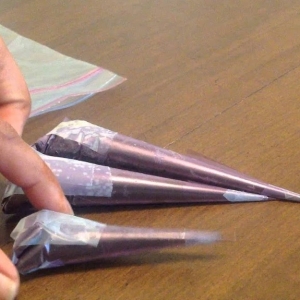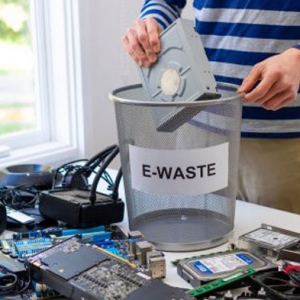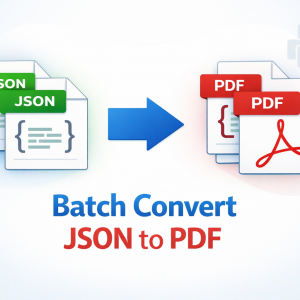Ensuring safety on the water is essential for all maritime operators, from small boat owners to large shipping companies. The affordability of life-saving equipment is a critical concern, especially as advanced technology and materials become integral to modern maritime safety solutions. This article explores the factors affecting the affordability of key marine life-saving equipment, including lifeboats, personal flotation devices (PFDs), emergency position-indicating radio beacons (EPIRBs), and more, and examines ways to make these live-saving tools more accessible for various marine operation.

1. Lifeboats and Liferafts
Lifeboats and liferafts are fundamental to marine safety, providing a secure means of evacuation if a vessel becomes compromised. While mandatory for commercial vessels, they represent a significant investment. Several factors impact their affordability:
Construction Materials: Marine lifeboats are commonly made of durable, corrosion-resistant materials like fiberglass or reinforced steel, which increase their cost. However, manufacturers are exploring lighter composite materials that may reduce production costs without sacrificing durability.
Design and Features: Basic lifeboats are more affordable, but models with additional safety features like automated launching systems and self-righting capabilities can be costly. Affordable options can often be achieved by focusing on essential safety features rather than premium add-ons.
Manufacturing Innovations: Streamlining production techniques, such as modular design and 3D printing, is beginning to make lifeboats and liferafts more affordable. By standardizing certain design elements, manufacturers can reduce costs and pass these savings to the end user.

2. Personal Flotation Devices (PFDs)
PFDs, commonly known as lifejackets, are vital for every individual aboard a vessel, offering buoyancy and protection in emergencies. Advances in materials and design have made PFDs more effective, but affordability remains a priority.
Bulk Manufacturing: Due to high demand, many PFDs are manufactured in large quantities, which lowers the per-unit cost. Standard models with basic buoyancy functions are more affordable than advanced models with additional features, such as automatic inflation or thermal protection.
Regulatory Compliance: PFDs must meet safety standards set by international maritime organizations, which can add to their cost. However, manufacturers are developing compliant yet cost-effective materials that meet safety requirements without significantly raising prices.
Reusable Designs: Some PFDs now include reusable features, such as replaceable CO2 cartridges in inflatable models, which makes them more affordable over time as they reduce the need for frequent replacements.
3. Emergency Position-Indicating Radio Beacons (EPIRBs)
EPIRBs are critical in emergency situations, as they transmit distress signals to rescue authorities, helping to locate the vessel. Though EPIRBs were traditionally quite expensive, recent advances have improved affordability.
Miniaturization and Efficiency: Technological advancements have enabled manufacturers to create smaller, more efficient EPIRBs, which reduces the materials cost and overall price.
Extended Battery Life: Modern EPIRBs have long-lasting batteries, reducing the need for replacements and lowering lifetime ownership costs. Solar-powered options are also emerging, which can further reduce maintenance costs.
Subsidies and Financial Support: Some maritime safety organizations provide subsidies for EPIRBs, making them more accessible for smaller operators or individual boat owners. Additionally, governments in high-risk maritime regions often support EPIRB affordability programs to enhance overall maritime safety.
4. Fire Suppression Systems
Fire hazards pose a serious threat to vessels, making fire suppression systems essential. However, the price of these systems can be high due to their complexity.
Standardized Systems: Many manufacturers now produce standardized, scalable systems that fit a variety of vessel sizes and types, making fire suppression technology more affordable and accessible.
Affordable Refills and Maintenance: Fire suppression systems with easy-to-refill extinguishing agents and straightforward maintenance schedules reduce ongoing costs, making them more affordable over time.
Component Advancements: Improvements in materials and chemical agents for fire suppression systems have led to smaller, less complex systems that are still highly effective, allowing them to be priced lower without compromising safety.
5. First Aid and Medical Kits
No vessel should be without a first aid kit, yet these can be costly, especially for larger vessels that require more comprehensive kits.
Modular Kits: Many companies now offer modular first aid kits, allowing operators to purchase essential components and add on as needed, making it easier to invest in safety without a high upfront cost.
Bulk Purchase Options: For larger operators, bulk purchasing of standardized kits can significantly reduce costs, making it possible to equip multiple vessels affordably.
Making Life-Saving Equipment More Affordable: Industry and Policy Innovations
Ensuring that all vessels can access marine life-saving equipment regardless of budget is a key focus within the maritime industry. Some initiatives and approaches include:
Subsidies and Grants: Various organizations offer subsidies and grants to make life-saving equipment more affordable, especially for small businesses and individuals in high-risk areas.
Bulk and Cooperative Purchasing: Maritime cooperatives and industry groups often negotiate bulk purchasing agreements that reduce costs for members.
Buyback Programs: Some manufacturers and governments have implemented buyback programs for older safety equipment, enabling operators to trade in for newer, more affordable options.

Ovarall, the affordability of marine life-saving equipment is crucial to maritime safety. As technology advances and production methods improve, essential equipment like lifeboats, PFDs, EPIRBs, fire suppression systems, and medical kits are becoming more accessible. By focusing on affordability alongside effectiveness, manufacturers, policymakers, and maritime organizations can help ensure that vessels of all sizes and purposes are prepared for emergencies, enhancing overall safety across the industry.







